10 Specific Ideas To Gamify Your Classroom
Gamify your classroom with challenges, feedback, levels, creativity, and rewards to motivate students to learn, and master concepts.
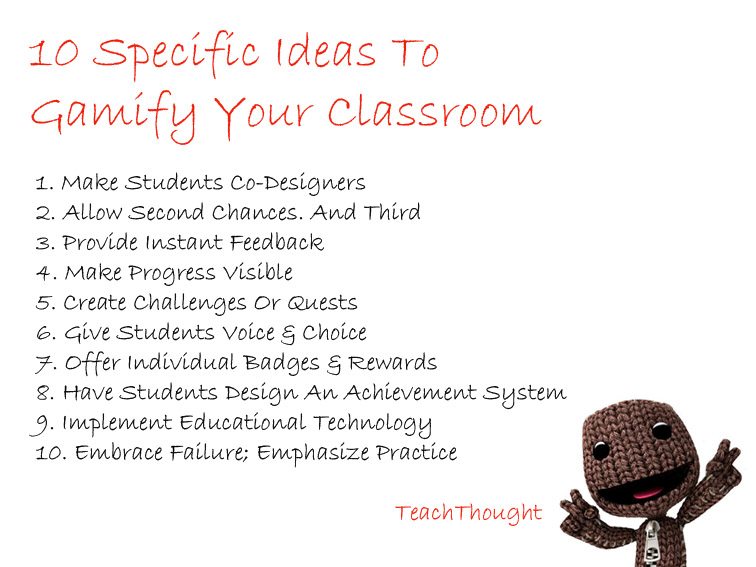
Gamify your classroom with challenges, feedback, levels, creativity, and rewards to motivate students to learn, and master concepts.
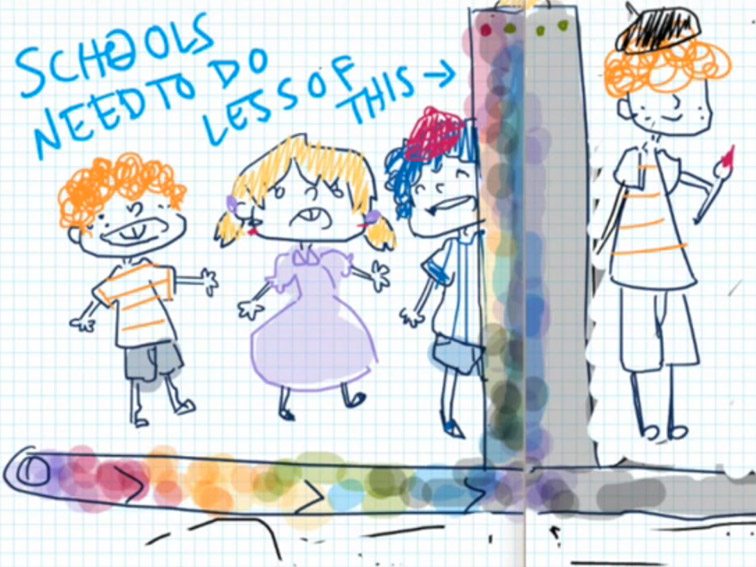
Explain When You’re Creative by Danielle Shanley, Director of Curriculum & Instruction for the New Milford Public Schools Below is an assignment recently given to a 10th grade classroom. The assignment was inspired by Ken Robinson’s The Element. As you may remember, Ken Robinson defines The Element in the first book you read earlier this…
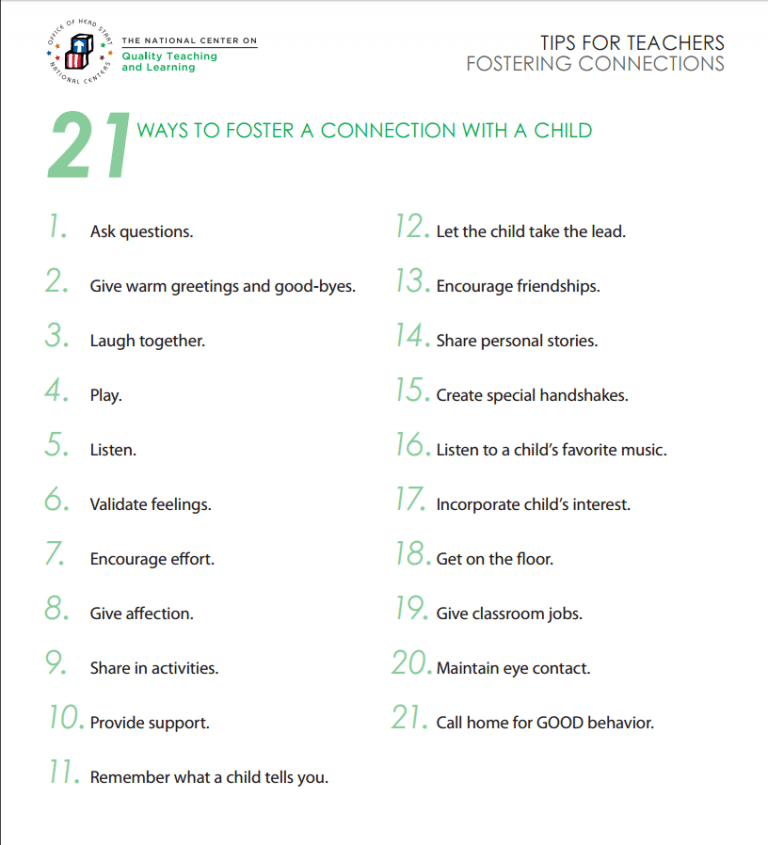
From asking questions to empowering students to expressing affection, building better relationships starts with these suggestions.
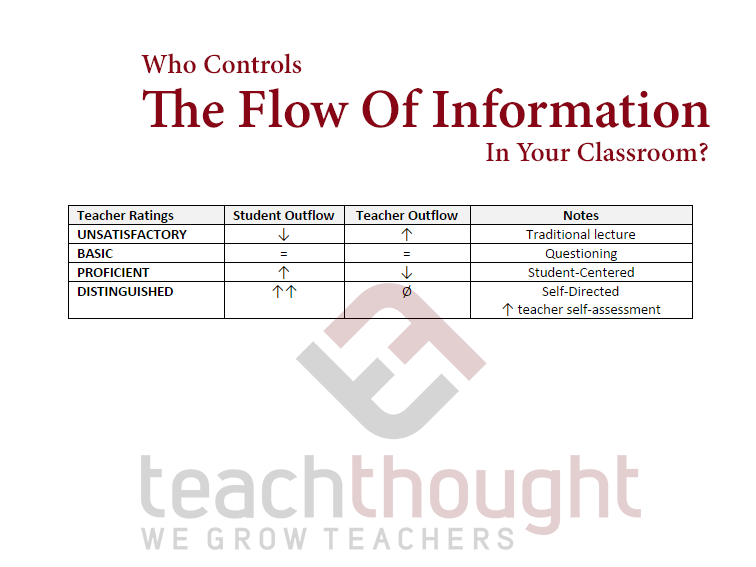
Just as with gardening, preparing the soil takes time. But once we get past that, students begin to blossom and initiate their own learning.
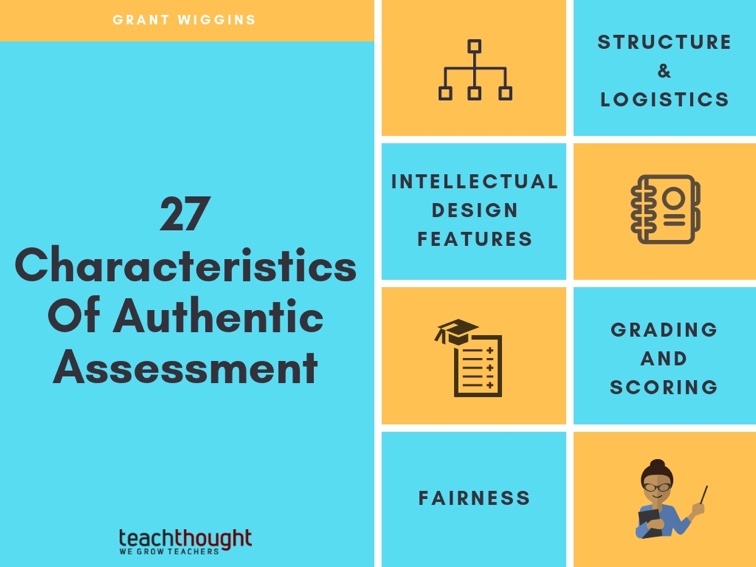
An authentic assessment is meant to focus on the impact of one’s work in real or realistic contexts.
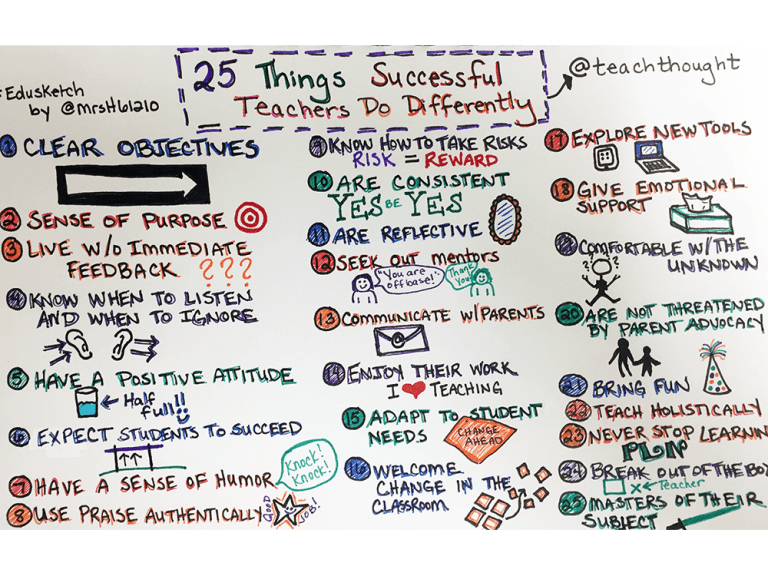
What do successful teachers do? It turns out, quite a bit–and it begins and ends with connecting with students.
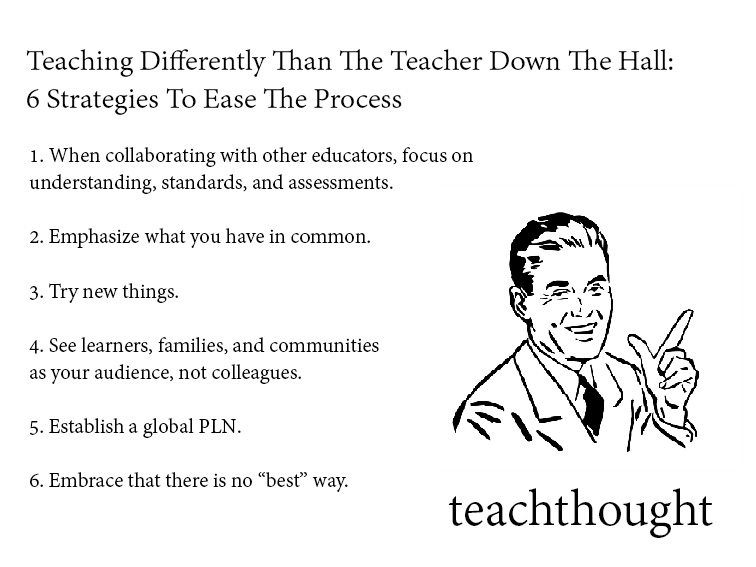
One would think that as long as both teachers teach to those ‘same standards,’ all would be well, but it’s not always that’s simple.
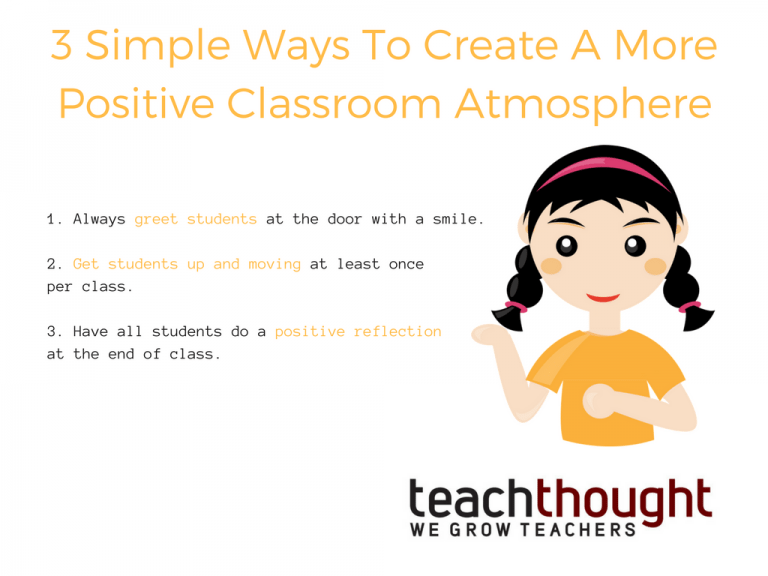
Here are two questions to think about as you reflect on your daily instruction.
When students enter your room, are they happy to be here?
When they leave, are they smiling and feeling positive about their experience?
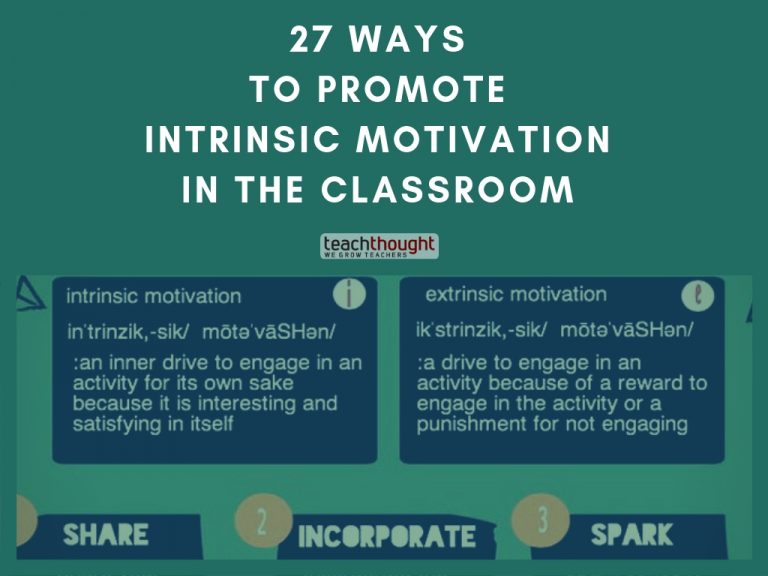
Some ways to promote intrinsic motivation in students your classroom include using inquiry and lessons that require their creativity.
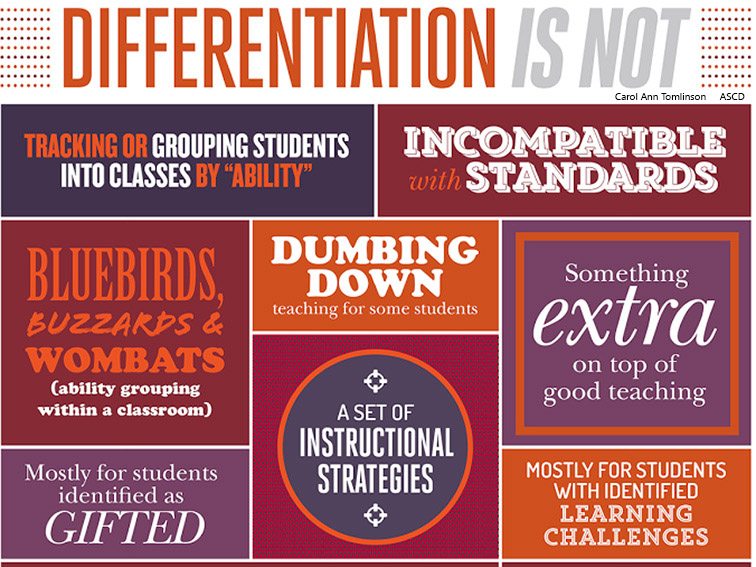
Differentiation means adapting content, process, or product according to a student’s readiness, interest, and learning profile.
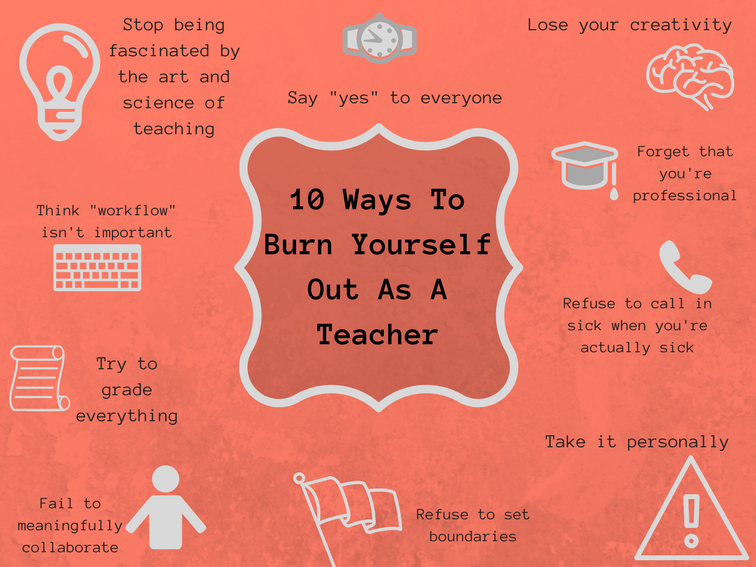
If you’re increasingly tired, prone to Sunday night blues, and your July excitement is replaced by dread, teacher burnout could be why.
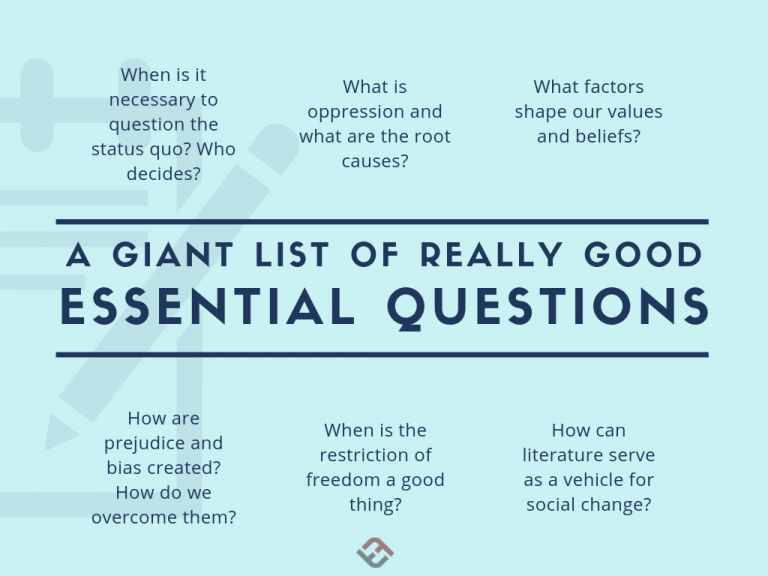
Essential questions are ‘essential’ in the sense of signaling genuine, important and necessarily-ongoing inquiries.
End of content
End of content